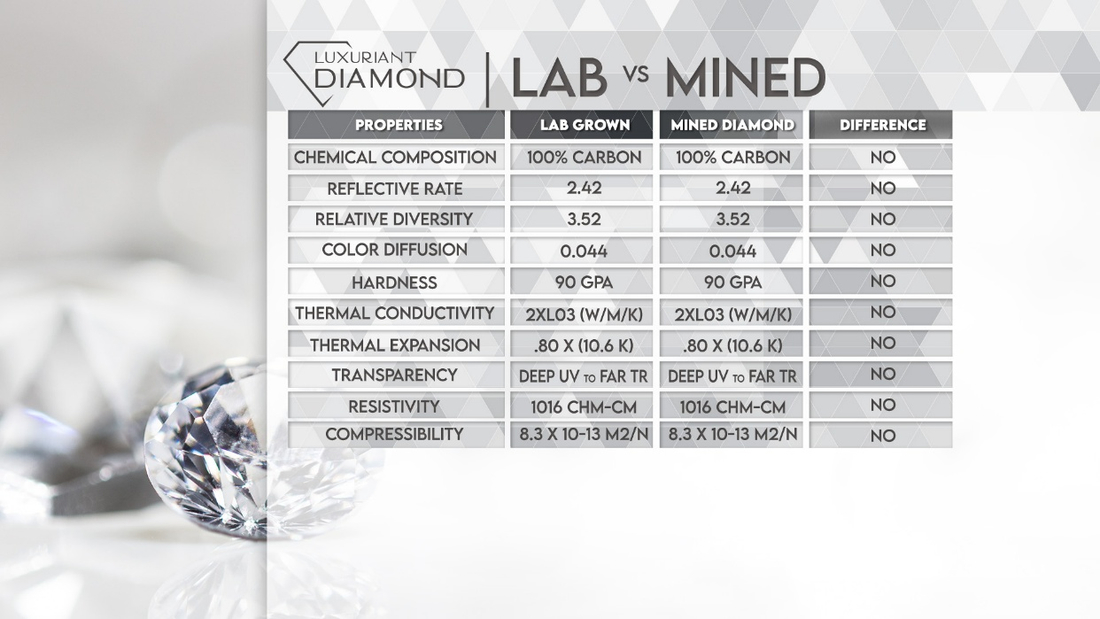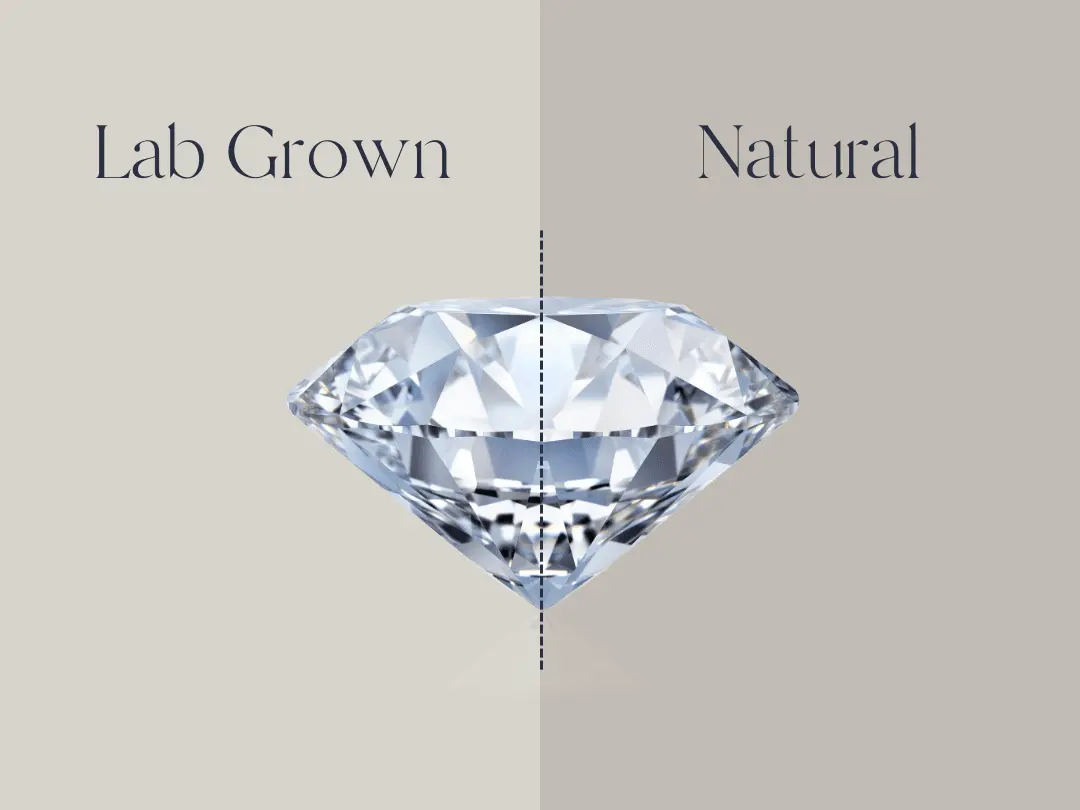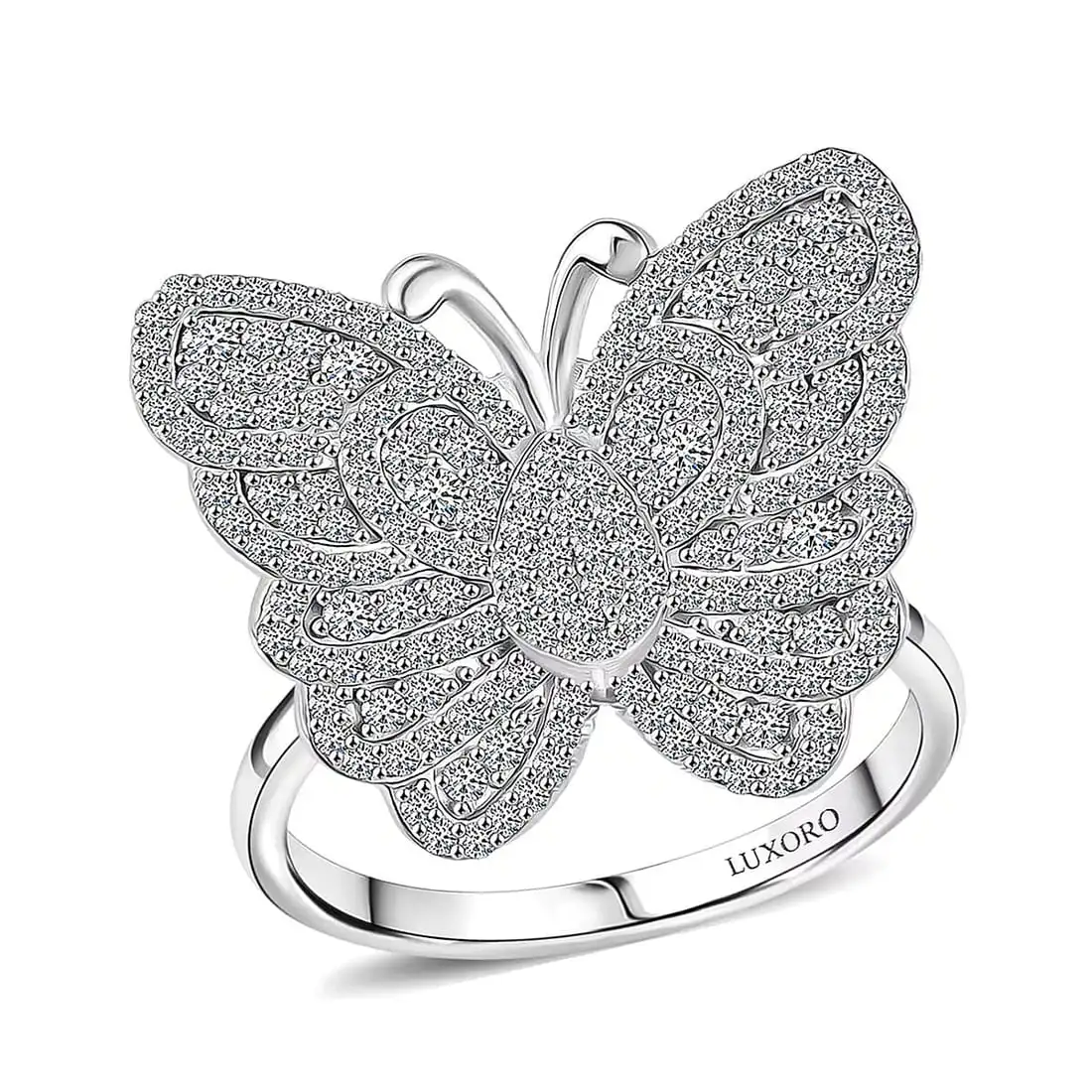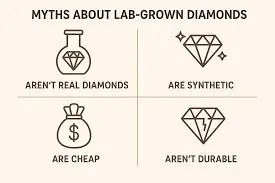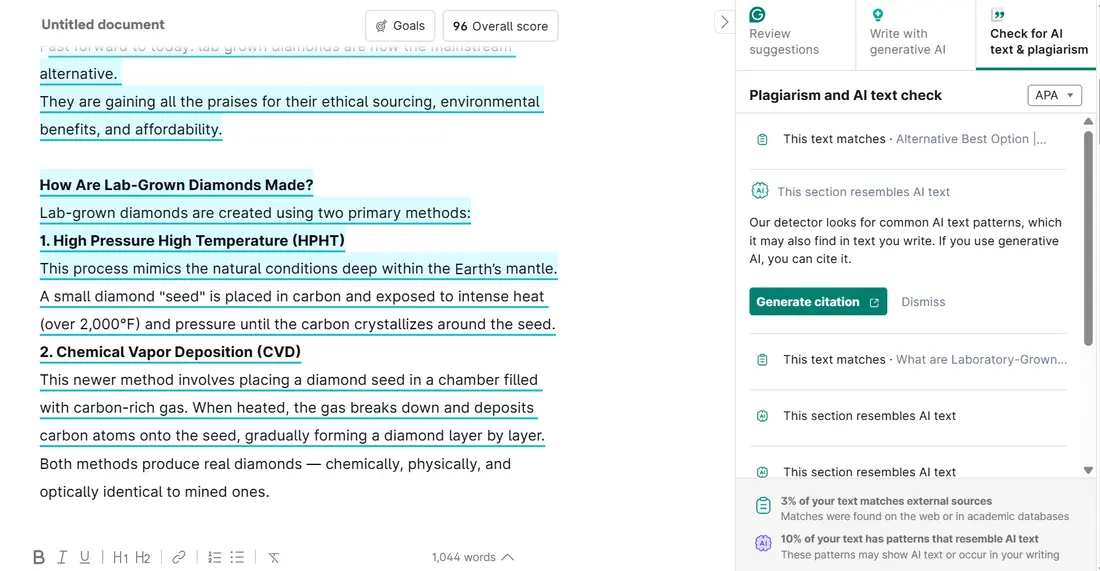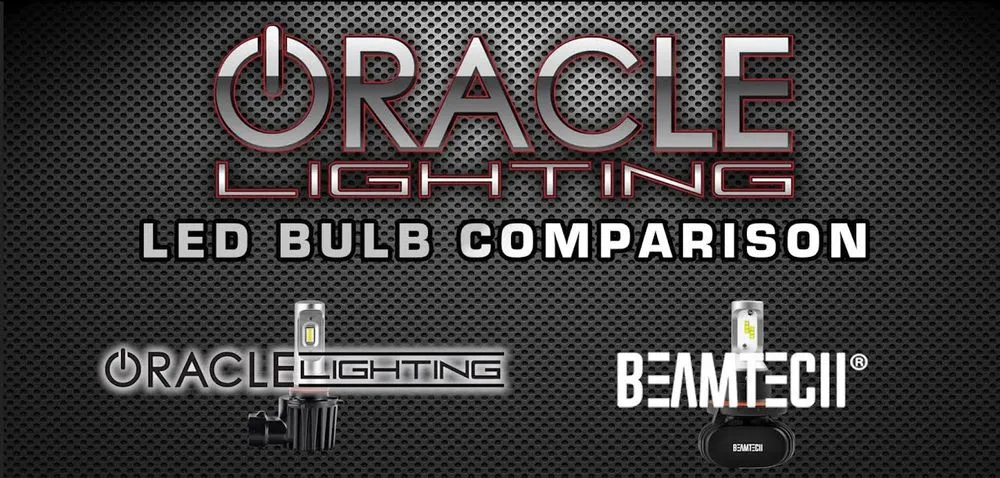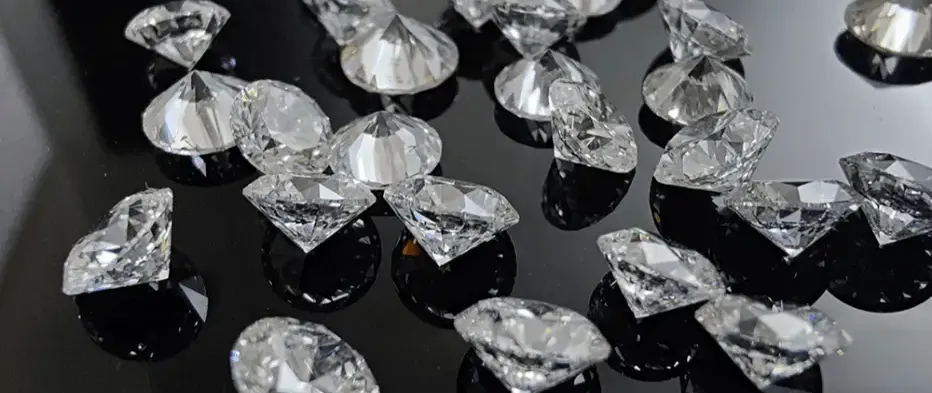 Diamonds are cherished as a symbol of timeless beauty, luxury and commitment. But in recent years, the sparkle of lab-grown diamonds has started to rival that of their natural counterparts — and for good reason. Whether you’re a conscious consumer, a savvy shopper, or simply curious about modern gemology, lab-grown diamonds deserve your attention.
Diamonds are cherished as a symbol of timeless beauty, luxury and commitment. But in recent years, the sparkle of lab-grown diamonds has started to rival that of their natural counterparts — and for good reason. Whether you’re a conscious consumer, a savvy shopper, or simply curious about modern gemology, lab-grown diamonds deserve your attention.In this blog, we’ll explore what they are, how they’re made, how they compare to natural diamonds, and where to find the best ones — including why ShopLC is a top destination for quality and value.
A Brief History: When Did Lab-Grown Diamonds Start?
Lab-grown diamonds aren’t as new as you might think. Scientists began experimenting with diamond creation as early as the 1950s. By the 1980s, diamonds were being grown for industrial use. It wasn’t until the 2000s, however, that technological advancements made it possible to grow gem-quality diamonds suitable for fine jewelry.
Fast forward to today: lab grown diamonds are now the mainstream alternative.
Lab grown diamonds are not just popular for their beauty but they are gaining all the praises for their ethical sourcing, environmental benefits, and affordability.
How Are Lab-Grown Diamonds Made?
Lab-grown diamonds are created using two primary methods:
1. High Pressure High Temperature (HPHT)
This process mimics the natural conditions deep within the Earth’s mantle. A small diamond “seed” is placed in carbon and exposed to intense heat (over 2,000°F) and pressure until the carbon crystallizes around the seed.
2. Chemical Vapor Deposition (CVD)
This newer method involves placing a diamond seed in a chamber filled with carbon-rich gas. When heated, the gas breaks down and deposits carbon atoms onto the seed, gradually forming a diamond layer by layer.
Both methods produce real diamonds — chemically, physically, and optically identical to mined ones.
Lab-Grown vs Natural Diamonds: What’s the Difference?
On the surface, lab-grown diamonds and natural diamonds are virtually identical. Even trained gemologists need specialized equipment to tell them apart. However, there are a few key differences:
| Feature | Lab-Grown | Natural |
|---|---|---|
| Origin | Created in a lab | Formed over billions of years underground |
| Environmental Impact | Lower | Higher (due to mining) |
| Ethical Concerns | Minimal | Can involve conflict zones |
| Cost | 30–50% less | Higher due to rarity |
Can you tell the difference? Not by the naked eye. Certification from reputable labs like IGI or GIA will specify whether a diamond is lab-grown or natural.
What Are Lab-Grown Diamonds Made Of?
Like natural diamonds, lab-grown diamonds are made of carbon atoms arranged in a crystal structure. This structure gives diamonds their unmatched hardness (10 on the Mohs scale) and brilliance.
They are not “fakes” or “simulants” like cubic zirconia or moissanite. These are real diamonds — just with a different origin story.
Lab-Grown Diamond Cost vs Natural Diamond Cost
One of the biggest reasons lab-grown diamonds are gaining traction is affordability.
A 1-carat lab-grown diamond can cost 30–50% less than a comparable natural one.
The price difference becomes more dramatic with larger stones.
This makes lab-grown diamonds ideal for shoppers who want more sparkle for their budget — without compromising on quality or ethics.
But do they hold their value? While natural diamonds may retain more resale value due to rarity, they are still relatively new to the secondary market. Think of them more as a personal luxury or a statement of values, rather than a financial investment.
Where to Buy Lab-Grown Diamonds?
There are now dozens of options for purchasing these diamonds — online and in-store. But not all retailers are created equal.
Here’s what to look for:
- Certification: IGI or GIA grading report
- Transparency: Clear disclosure that the diamond is lab-grown
- Return policy and warranty
- Customer reviews and reputation
Why ShopLC Is Your Trusted Destination for Lab-Grown Diamonds
At ShopLC, we believe luxury should be affordable, ethical, and accessible. Our growing collection of lab-grown diamond jewelry reflects that mission.
Here’s what sets ShopLC apart:
- Certified Quality: Most of ShopLC’s lab-grown diamond are graded by industry-respected labs.
- Exceptional Value: Because we manage sourcing and production, we offer unbeatable prices.
- Sustainable Commitment: They support our goal of reducing environmental impact.
- Variety of Styles: From classic solitaires to trendy designs — something for every taste and occasion.
- Giving Back: Every purchase helps fund our Your Purchase Feeds program, providing meals to children in need.
Whether you’re shopping for an engagement ring, a gift, or just treating yourself, ShopLC offers lab-grown diamonds you can wear proudly — and affordably.
Explore our Lab-Grown Diamond Collection today.
Beyond Jewelry: Other Uses of Lab-Grown Diamonds
They aren’t just for jewelry. Their durability and conductivity make them valuable in:
- Industrial cutting tools
- Optical lenses and lasers
- Semiconductors and electronics
This dual use further fuels their demand and innovation potential.
Lab-Grown Diamond Myths – Busted
Let’s clear up a few common misconceptions:
“They’re fake.”
False. Lab-grown diamonds are real diamonds.
“They’re not durable.”
Also false. They score 10 on the Mohs scale, just like natural diamonds.
“They all look the same.”
Nope. Each diamond has its own unique inclusions, shape, and sparkle — just like mined ones.
The Future of Diamonds Is Lab-Grown
As more consumers prioritize ethical sourcing, sustainability, and smart spending, they are quickly becoming the new normal in fine jewelry.
Market trends show that younger generations (especially Millennials and Gen Z) are driving demand — not only for environmental reasons, but for the chance to own something beautiful, meaningful, and affordable.
Are You Ready To Choose The Best
They aren’t just a trend — they’re a revolution in how we think about beauty, luxury, and responsibility. They offer a perfect blend of science and sparkle, making fine jewelry more inclusive than ever before.
If you’re ready to choose something stunning — without the ethical or financial baggage — lab-grown diamonds are the future.
And when you’re ready to buy, ShopLC is here to help you sparkle with confidence.
FAQs
Q: What’s the difference between lab-grown and natural diamonds?
A: Only the origin. Both are chemically identical.
Q: Can you tell them apart?
A: Not without specialized lab equipment.
Q: Are lab-grown diamonds cheaper?
A: Yes — typically 30–50% less.
Q: Do they hold their value?
A: They don’t retain resale value like natural diamonds, but offer better value upfront.
Q: Are they ethical?
A: Absolutely. No mining, no conflict zones, and lower environmental impact.

Authors Bio: Sophia Chang is a health enthusiast and wellness advocate. With a background in holistic health practices, she shares her knowledge and recommendations on maintaining a healthy lifestyle. Sophia is particularly interested in at-home testing kits, dietary supplements, and health screening services, empowering readers to take control of their well-being from the comfort of their homes.

